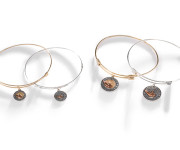Writer, journalist, photographer, traveller, cosmopolitan and fashion icon Annemarie Schwarzenbach (1908-1942) was one of the most dazzling and contradictory figures in modern Swiss cultural history. Consumed by wanderlust, a desire for social progress, and a sense of adventure, Schwarzenbach travelled extensively through Europe, Central Asia, Central and North Africa, and the United States between 1933 and her death in 1942. While Schwarzenbach saw herself primarily as a writer, she was a pioneer of photojournalism in Switzerland. Her work as a journalist, coupled with her upper-class background and her status as the wife of French diplomat Claude Clarac granted her extraordinary freedom of travel for the period.
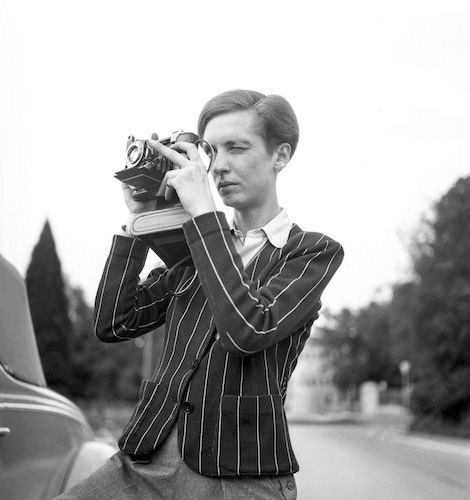
Photographer Unknown, Portrait of Annemarie Schwarzenbach with Camera, 1939 © Esther Gambaro, Nachlass Marie-Louise Bodmer-Preiswerk.
Annemarie Schwarzenbach: Departure Without Destination, presented in collaboration with Zentrum Paul Klee in Bern, Switzerland, is the first major retrospective dedicated to the photography of Annemarie Schwarzenbach. The Bechtler Museum of Modern Art will present the U.S. premiere of Schwarzenbach’s work from April 2 – to June 19, 2022. Curated by Martin Waldmeier with the Zentrum Paul Klee, this exhibition features archival material, film, and 200 photographs drawn from the approximately 7,000 photographs in the estate of Annemarie Schwarzenbach, which is held in the Swiss Literary Archives in Bern, Switzerland.
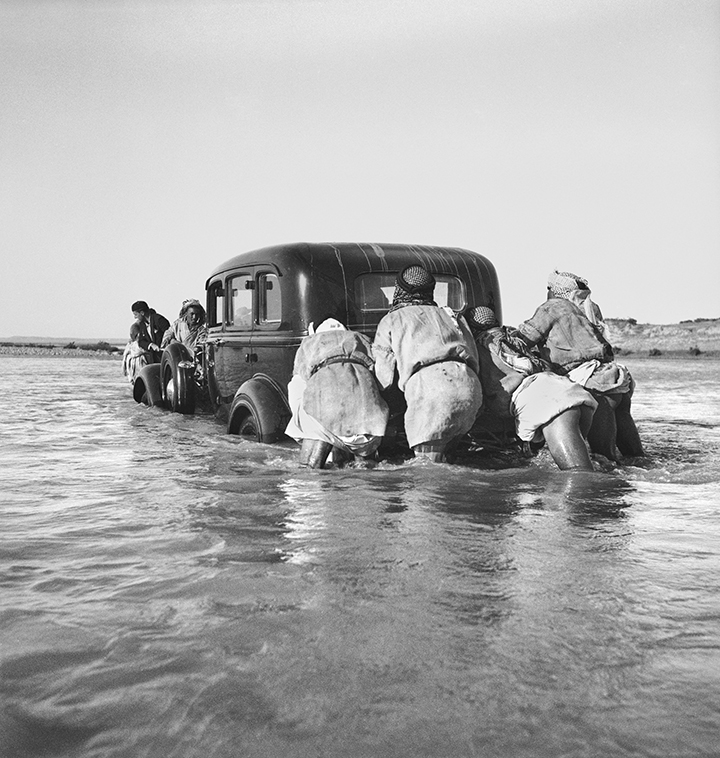
Annemarie Schwarzenbach, Crossing the Great Zab River, Iraq, 1935. Courtesy of the Zentrum Paul Klee, Bern and Swiss Literature Archive and Swiss National Library, Bern. Estate of Annemarie Schwarzenbach ©
Schwarzenbach was born in 1908 into the affluent Schwarzenbach-Wille family of Zurich industrialists and graduated with degrees in history in Zurich and Paris. Because of her political and sexual orientation, she turned her back on her conservative family and established connections with the German literary diaspora, particularly with the siblings Klaus and Erika Mann. In 1931 she lived in Berlin before moving, after the National Socialist seizure of power, to Spain, Russia and Iran, where she published prose and journalistic writings.
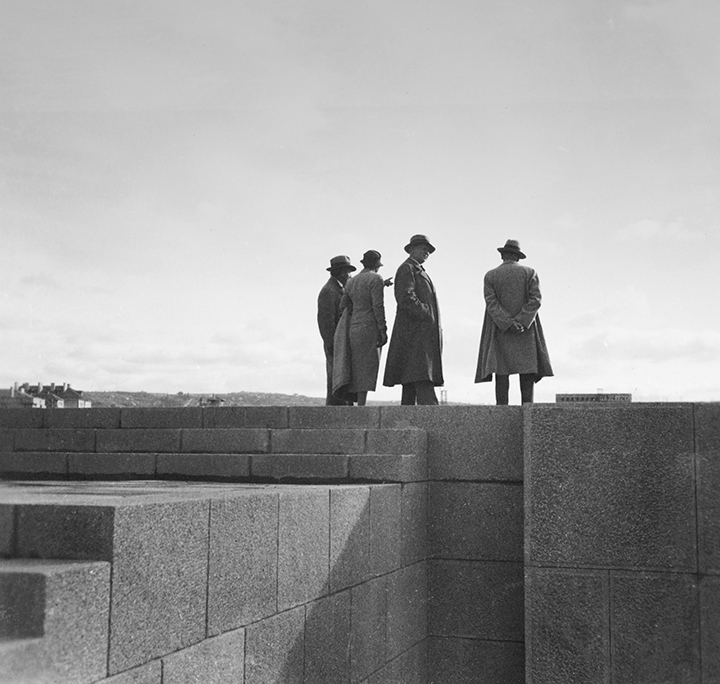
Annemarie Schwarzenbach, Group gathered around Professor Clemens Holzmeister on a construction site in Ankara, Turkey, 1933. Courtesy of the Zentrum Paul Klee, Bern and Swiss Literature Archive and Swiss National Library, Bern. Estate of Annemarie Schwarzenbach ©
Despite her years-long struggle with drug dependency, over the course of the 1930s, Schwarzenbach professionalized herself as a travel and features journalist. On joint trips with female writers and photographers such as Ella Maillart, Marianne Breslauer and Erika Mann, she turned her attention to social and political subjects, including the rise of National Socialism, the workers’ movement in the United States, the consequences of modernization and the role of women in society. Her photographs, though, also reveal a longing for foreign lands and the poetry of travel. Some 300 articles by Schwarzenbach were published in Swiss magazines and newspapers in her lifetime. From 1933 these articles were increasingly accompanied by her own pictures, although most of Schwarzenbach’s photographs remained unpublished before her death at the age of 34.
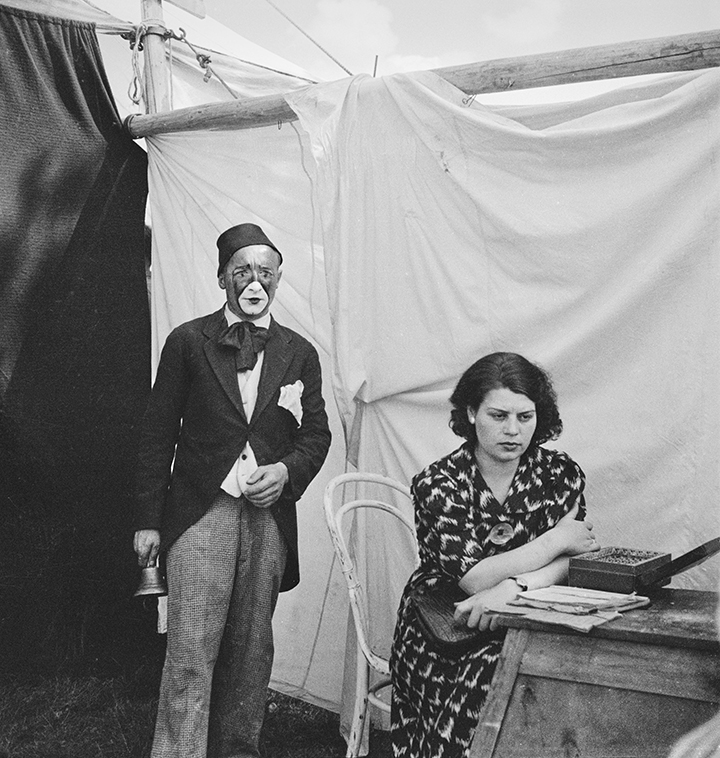
Annemarie Schwarzenbach, Circus in Petseri, Estonia (now Petschory, Russia), 1937. Courtesy of the Zentrum Paul Klee, Bern and Swiss Literature Archive and Swiss National Library, Bern, Estate of Annemarie Schwarzenbach ©
When her literary work was rediscovered in the 1980s, Schwarzenbach became celebrated as a writer, female pioneer and gay icon. Her gender-bending fashion sense and her lifestyle were the inspiration for Clare Waight Keller’s Spring/Summer 2019 line for the fashion house Givenchy.
It was not until recently that Schwarzenbach’s contributions to photography have been recognized. Her images and writings are closely intertwined and document the upheavals, tensions and conflicts of the period leading up to World War II. Schwarzenbach’s photographs also convey private themes, such as life in exile, the search for identity, homosexuality and the desire to transgress conventional gender roles. Above all, though, the photographs express Schwarzenbach’s unbridled passion for travel – and her search for encounters with the unknown, the “departure without destination” as an existential experience. The exhibition title ‘Departure Without Destination’ refers to the life of Annemarie Schwarzenbach, which was characterized by great restlessness, homelessness, deracination, departure, and a search for hope in foreign countries. These themes run like a thread through her writings and her photographic work and connect the work with the literary tradition of the modern age.
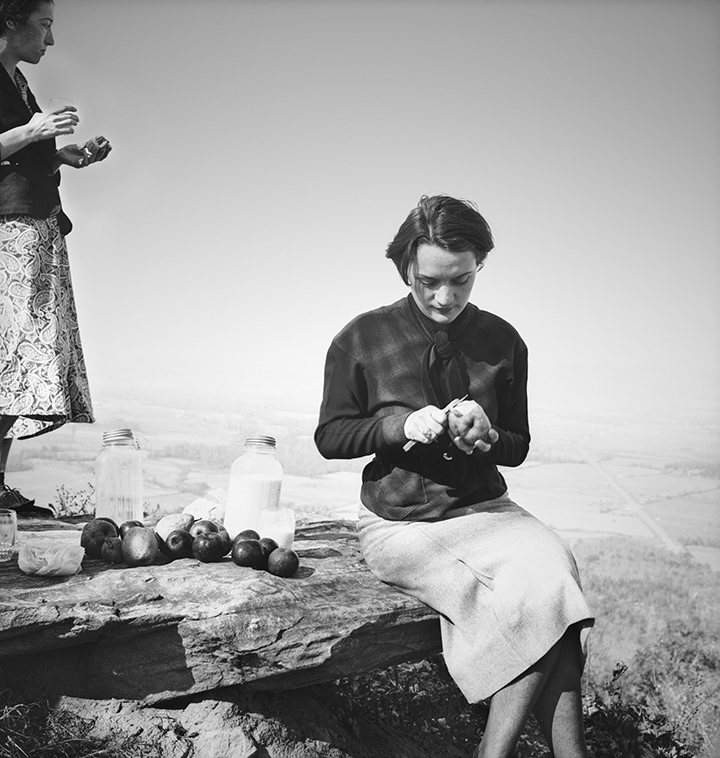
Annemarie Schwarzenbach, A Visit to the Highlander Folk School, Monteagle, Tennessee, USA, 1937. Courtesy of the Zentrum Paul Klee, Bern and Swiss Literature Archive and Swiss National Library, Bern, Estate of Annemarie Schwarzenbach ©
“Annemarie Schwarzenbach was multi-talented – as a writer, journalist and photographer – in a time when few women were represented in these fields,” said Bechtler Museum of Modern Art Executive Director Todd D. Smith. “The dialogue that unfolds between Schwarzenbach’s texts and photographs opens our eyes to the upheavals and conflicts of the 1930s. At the same time, Schwarzenbach’s documentary viewpoint explores themes in a poetic and astonishingly contemporary way.”
The exhibition is divided into six chapters featuring Schwarzenbach’s work. A Love of Europe addresses Annemarie Schwarzenbach’s first years as a photojournalist and her travels through Europe, revealing Schwarzenbach’s cosmopolitan attitude. The Happy Valley follows Schwarzenbach’s famous car journeys through the Middle East and Central Asia. She made four trips to Turkey, Palestine and Syria, Iraq and Iran, and as far as Afghanistan and India. She wrote her best-known literary work, The Happy Valley, in Iran. Between the Continents features intermediate places such as streets, harbours or ships’ decks that become the sites of a temporary community and the settings for farewells and new beginnings. Travels in America deals with her travels in the United States in 1936-1938 where Schwarzenbach engaged intensely with a new understanding of politically committed photography and encountered a society that was still deeply marked by the economic crisis after 1929. Unemployment, poverty droughts, the decline of the cotton industry – her attention is focused on the American system and explores the differences between rich and poor, but also the widespread misery of the African American population in the southern states. The New Earth addresses her ambivalent views on the relationship between nature and culture in the context of mechanization and industrialization. Minor Encounters tells the story of people she met on her travels and offers a personal view of her circle of friends.



